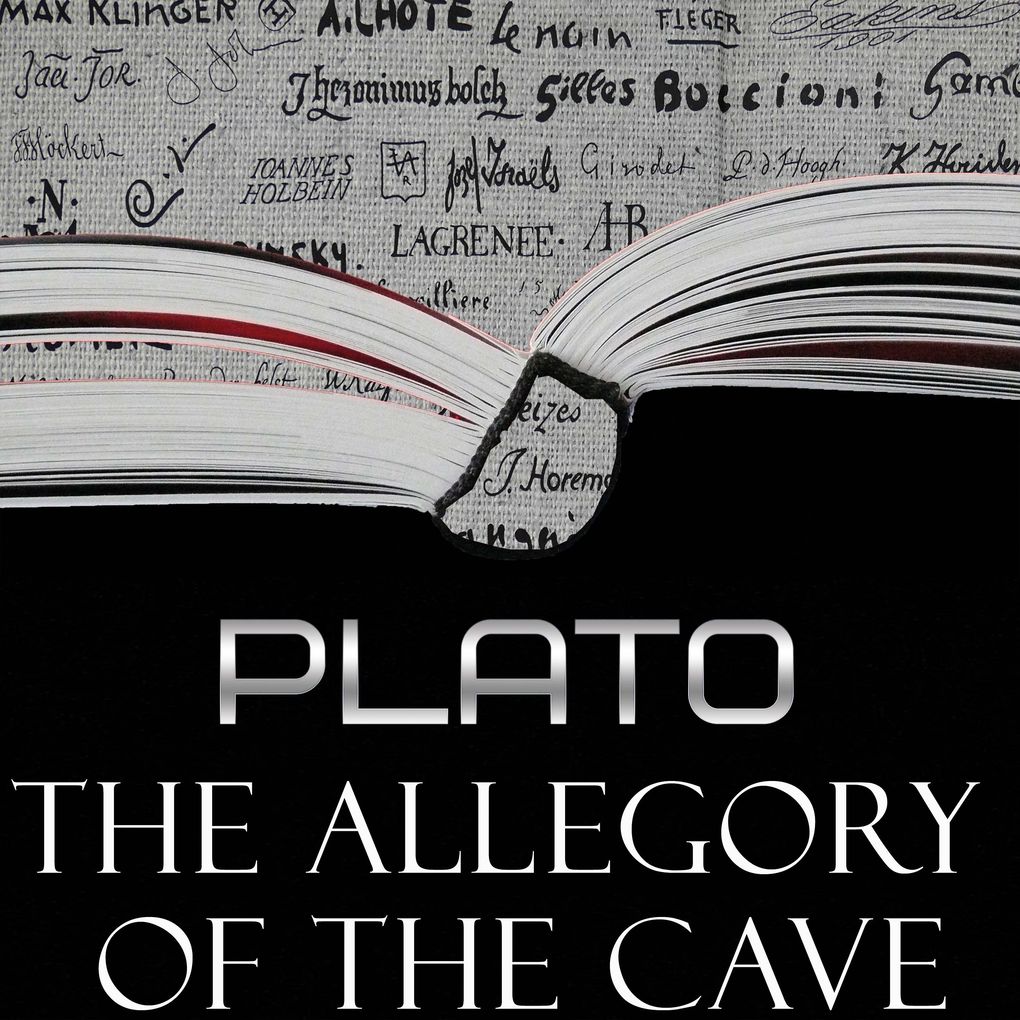
Sofort lieferbar (Download)
The Allegory of the Cave, or Plato& apos; s Cave, was presented by the Greek philosopher Plato in his work Republic (514a 520a) to compare "the effect of education ( ) and the lack of it on our nature". It is written as a dialogue between Plato& apos; s brother Glaucon and his mentor Socrates, narrated by the latter. The allegory is presented after the analogy of the sun (508b 509c) and the analogy of the divided line (509d 511e). All three are characterized in relation to dialectic at the end of Books VII and VIII (531d 534e).
Plato has Socrates describe a group of people who have lived chained to the wall of a cave all of their lives, facing a blank wall. The people watch shadows projected on the wall from objects passing in front of a fire behind them, and give names to these shadows. The shadows are the prisoners& apos; reality.
Plato has Socrates describe a group of people who have lived chained to the wall of a cave all of their lives, facing a blank wall. The people watch shadows projected on the wall from objects passing in front of a fire behind them, and give names to these shadows. The shadows are the prisoners& apos; reality.
Produktdetails
Erscheinungsdatum
19. Dezember 2023
Sprache
englisch
Ausgabe
Ungekürzt
Dateigröße
8,21 MB
Laufzeit
9 Minuten
Altersempfehlung
von 16 bis 99 Jahren
Autor/Autorin
Plato
Sprecher/Sprecherin
Peter Coates
Verlag/Hersteller
Family Sharing
Ja
Produktart
MP3 format
Dateiformat
MP3
Audioinhalt
Hörbuch
GTIN
4099995100181
Bewertungen
0 Bewertungen
Es wurden noch keine Bewertungen abgegeben. Schreiben Sie die erste Bewertung zu "The Allegory of the Cave" und helfen Sie damit anderen bei der Kaufentscheidung.









